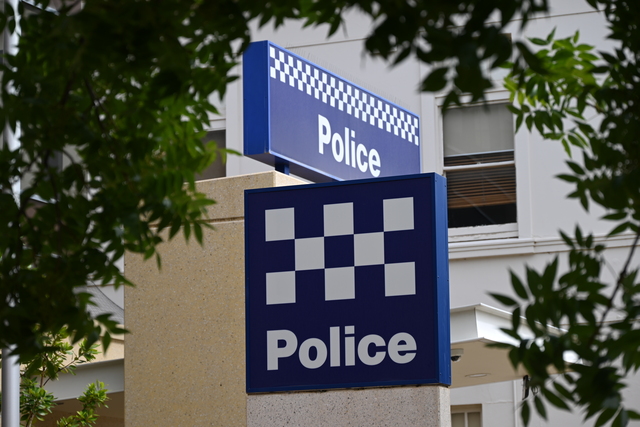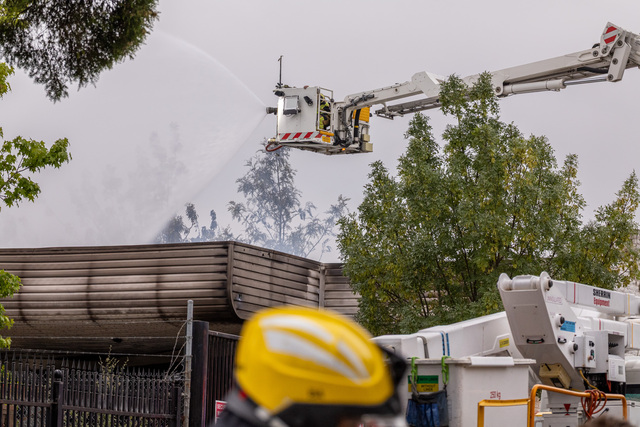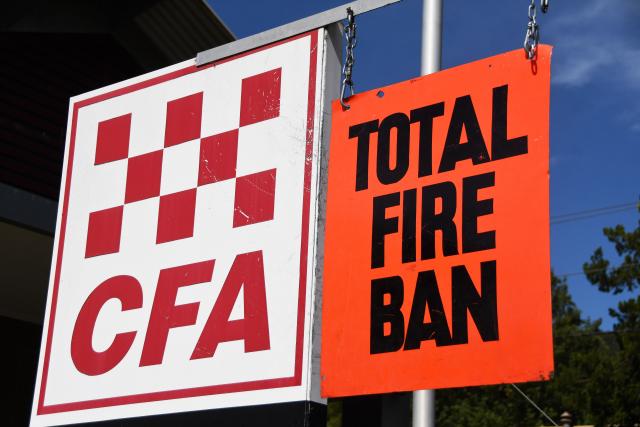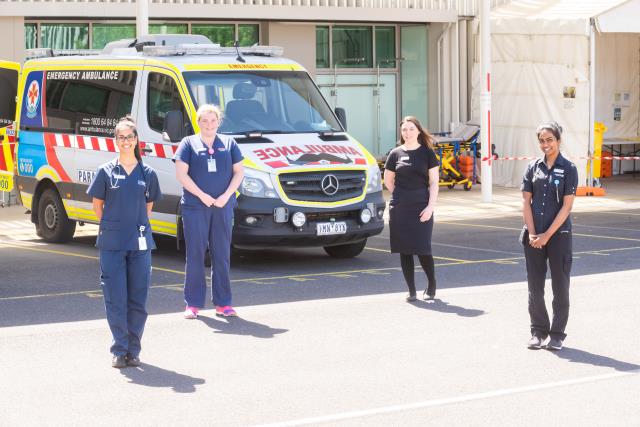By CAM LUCADOU-WELLS
THE East West Link secrets are out but it is unclear whether the State Government is bound by its predecessor’s $2 billion-plus private deal to upgrade the Dandenong rail corridor.
An Andrews Government spokeswoman last month said it was still “receiving advice“ on the arrangement.
Greens leader Greg Barber called on the Andrews Government to reveal the proposal and its business case.
“I don’t believe contracts have been signed but the rail operator (Metro Trains) put a proposal to the government,” Mr Barber said.
“With Metro, I suspect it’s as much about property development and speculation as it is about running more trains.”
Last year, the Napthine Government announced it had entered “exclusive negotiations” with a private consortium, including rail operator Metro Trains, for 25 new trains, high-capacity signalling and the removal of at least four level crossings.
The recently-deposed government had been hoping to finalise an agreement by late in the year subject to “a positive value for money outcome”.
But prior to the state election, the previous government refused to release details of the public private partnership nor confirm if contracts had even been signed.
According to last year’s budget papers, the government allocated just $56 million over four years towards the project, but reports suggested the project’s real cost may be more than $5 billion.
Repayments of potentially up to $1 million a day for the next 20 years were reported.
Another reported aspect of the PPP is developers being handed land at grade separation sites.
In a recent PTV passenger load report, 12 peak services a day on the Dandenong rail lines were overcrowded beyond benchmark levels.
About 25 per cent of peak-time passengers were caught on these overcrowded services.
The State Government made an election promise to remove 50 level crossings, including 14 on the Cranbourne and Pakenham lines.
A spokeswoman said that would “increase rail capacity as more trains will be able to operate without having to keep boomgates down during peak periods“.
















